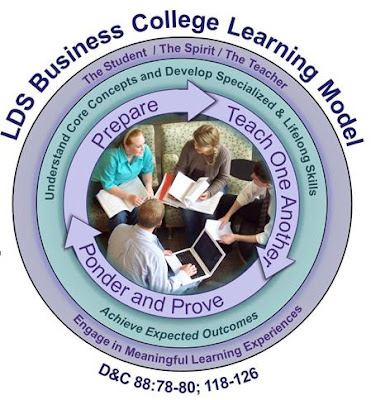The principles can be applied to different aspects of the learning process.
They are
I would like to think of these steps as cyclical, meaning that passing through the three steps once will not produce the maximum result.
As I think of the word prepare many ideas come into my head, "a Boy Scout is always prepared", "prepare for the unexpected", and "prepare for the worst". I would apply the Prepare principle in the job setting by first, studying an enterprises history before going to the job interview. Prepare can also be seen from an angle that a future employee would need to have developed certain skills learned desired principles before applying to a position. Another way of interpreting the Prepare principle is that the employer would encourage use of notes, made by the employee, created to make a knowledge base and thus a more effective and efficient work flow throughout the business.
It is a known fact that when one teaches a skill that skill is reinforced into the teacher. When we teach others, we give our selves the opportunity to strengthen the knowledge we gained previously. Also when one teaches they receive commentary from those they teach, whether peers or not, and this commentary can be used as constructive guidance to strengthen the teacher's developing knowledge. If we teach what we know than we reinforce that knowledge and also strengthen that knowledge by following constructive guidance. If employees are encouraged to teach the new skills to other employees than the retention level of these new skills will increase.
When I say Ponder and Prove, I simply mean that one needs to think about a task or problem before attempting to resolve it hands on. For example, if a pop-up error window appears as you are designing a company worksheet, do you click through the error message without reading what the possible errors could be and repeat the same process again and again, but expecting a different result? The purpose of pondering and proving is to use methodical and systematic problem solving when approached with problems. Formally stated, know the problem, research the problem, search for solutions, from your research determine a course of action and prove that it works or prove it infective. When your result is infective, research further and continue the process until you've proven a hypothesis effective.
Restated in my words this would the learning model to implement in training employees.
- Be Prepared
- Reinforce material through teaching and take constructive guidance
- Use Systematic Problem Solving
The LDS Business College website ldsbc.edu
For more information on the LDSBC Learning Model click here.
Picture of LDSBC learning model created by LDSBC and I take no ownership for its structure or design.


